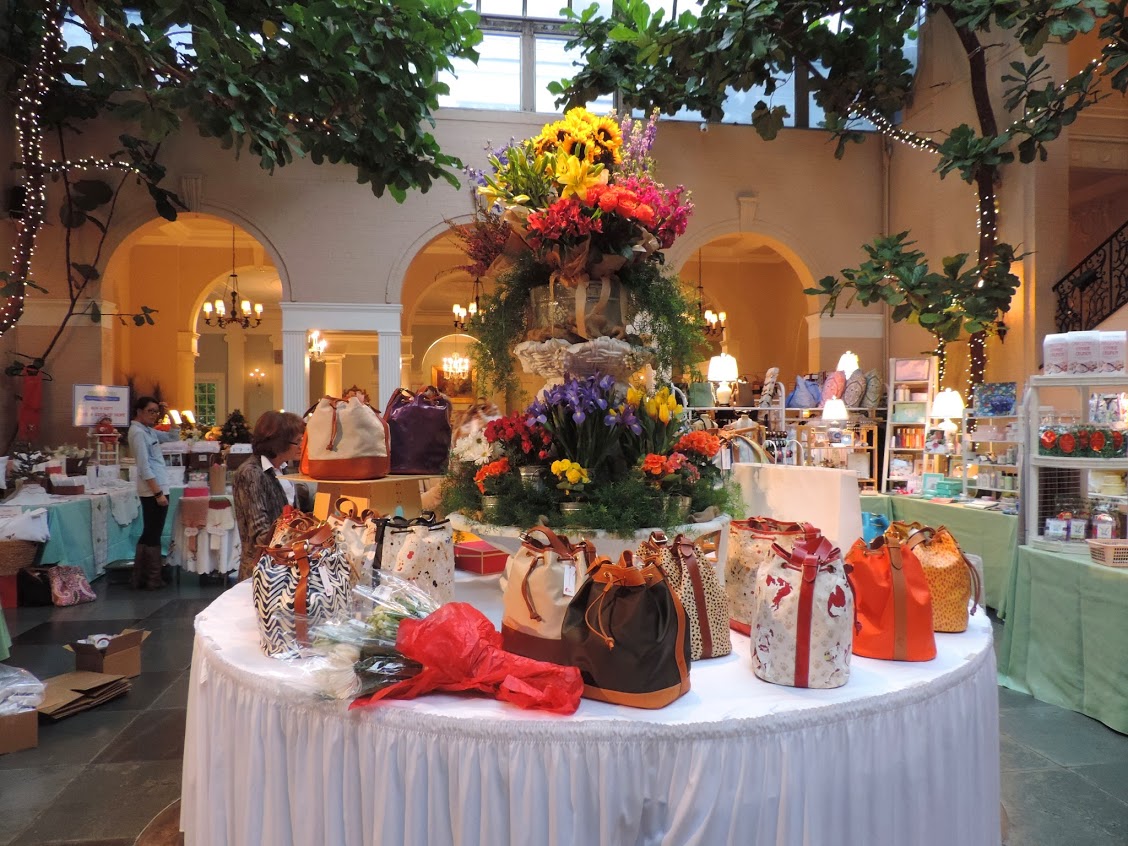In October 2014, the 170 members of The Garden Club of Allegheny County (GCAC) celebrated our Centennial year surrounded by friends, family and the greater Pittsburgh community.
GCAC was founded in 1914, comprised of members actively engaged in gardening, horticulture, conservation and civic planning. In 1916, GCAC joined the Garden Club of America (GCA), a national association of garden clubs, as one of the first members of the GCA and one of the largest GCA clubs.
Since our founding, we have been involved in our local and national community wherever there is a need to stimulate the knowledge and love of gardening through education, conferences, publications and grants to support conservation and civic improvement, and the restoration and protection of the environment.
HISTORY HIGHLIGHTS:
1910's
GCAC joins the Women’s Land Army, and promotes Victory Gardens, supports tractor plowing, vegetable gardens and canning education. In 1916, GCAC becomes one of the first members of the Garden Club of America.
1920'S
“Dooryard Gardens” are added to vegetable gardens and canning education, the Wildflower Conservation Committee established, and the “Billboards Must Go” highway beautification project begins in association with the GCA.
1930'S
The Pittsburgh Parks and Playgrounds Association is created, Fort Necessity and Old Economy Village Gardens are restored, and GCAC’s long-standing relationship with Phipps Conservatory begins with the annual May Market benefit plant sale and the installation of the Broderie Room.
1940'S
Camp Reynolds beautification and Victory Gardens education are supported during World War II.
1950'S
The Jennie King Mellon Rose Garden design is led by GCAC in Mellon Park, while the tradition of scholarships and contributions is continued to numerous local and national organizations such as Audubon Society, Associated Artists of Pittsburgh, Save the Redwoods, and Student Conservation Association.
1960-1970'S
GCAC initiates Operation Better Block, Neighborhood Gardens and the Brown Chapel flower boxes on Pittsburgh’s urban North side (a project acknowledged by First Lady Mrs. Lady Bird Johnson). GCAC member Mrs. Roy A. Hunt and her husband establish the Rachel McMillan Hunt Botanical Library, now the Hunt Institute for Botanical Documentation at Carnegie Mellon University.
1980'S
The one-acre Outdoor Garden at Phipps Conservatory is restored with major support from GCAC. GCAC’s Master Plan for Mellon Park is completed and given to the City of Pittsburgh. GCAC member and artist Minnette D. Bickel’s painting of Rachel Carson becomes a widely used image of the author.
1990'S
The Allegheny Commons Restoration Project in Pittsburgh, led by GCAC, restores Pittsburgh’s oldest park with $180,000 from local foundations.Step One: Solving Today’s Environmental Problems, focusing on finding solutions to global environmental problems partners GCAC with local public television station, WQED. Botany in Action founded by GCAC, providing annual scholarships to promote interactive scientific education about the importance of plants, biodiversity, and sustainable landscapes for human wellbeing.
The PIZZAZZ fundraiser is created to support Botany in Action. Grants are made each year to Botany in Action and many other community organizations.
2000'S
GCAC partners with the Pittsburgh Parks Conservancy to sponsor the Urban Parks Seminar, an international urban conference to increase awareness of the positive impact that parks and green spaces have on urban communities. GCAC members participate in the Carnegie Museum’s Art in Bloom. Our signature fundraiser, PIZZAZZ, continues to attract thousands of visitors for three days each October. Over $1,000,000 has been donated to the community by GCAC through PIZZAZZ. In October of 2014, 170 GCAC members celebrated our centennial year surrounded by friends, family, and the greater Pittsburgh community.








